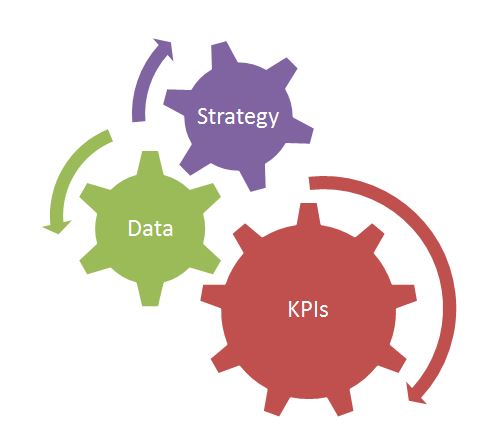Ecommerce & Lead Generation Data Model

Ecommerce and Lead Generation data model is a data stream of information that allows you to connect the front-end website behavior to meaningful data in other systems. For GA4 (Google Analytics 4) the best way to do this is through bigquery. The SQL language allows you to query website behavior data and connect it to your Orders, CRM, Invoices, Persona, or even marketing data. This is your attribution engine to collect ROI, and improve operations.
Start your website data collection with a quality data layer, tag management solution, and send your custom events and dimensions to GA4. We highly recommend doing a GA4 audit before starting to create a strategy for a data model. Next, develop a strategy and plan to collect online dimensions for Lead Generation and Ecommerce.
Lead Generation: your goal is to capture no PII information and connect the lead to your first-party data where you can see what develops from this lead. The connecting tissue that stitches this data together is the strategy behind online and offline data. From here, you can join your CRM information and create an understanding of where your most quality leads come from and your bottom line cost per lead, initial ROI and Customer Lifetime Value. Then do more of what is making your business money and track it in a dashboard.
Ecommerce: First ,your GA4 data collection strategy needs to be solid starting with your ecommerce data layer through the product details pages, adding to cart, checkout, and purchase. Any missing steps here will provide data discontinuities that will not help your team find the drop-off points in your journey. When a purchase happens, you need to capture important non-PII details about the purchase. Then send this transactional data to your data visualization tool to connect to your order data.
Keep in mind that web analytics data is one-directional, and only flows down stream. Any orders that are changed, removed, or updated by customer service will not be reflected in your GA4 instance. Thus, to get true ROAS (Return on Ads Spend) you have to connect the front-end advertising to your truly shipped orders.
Let us help you plan out your digital journey contact us.
